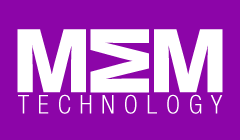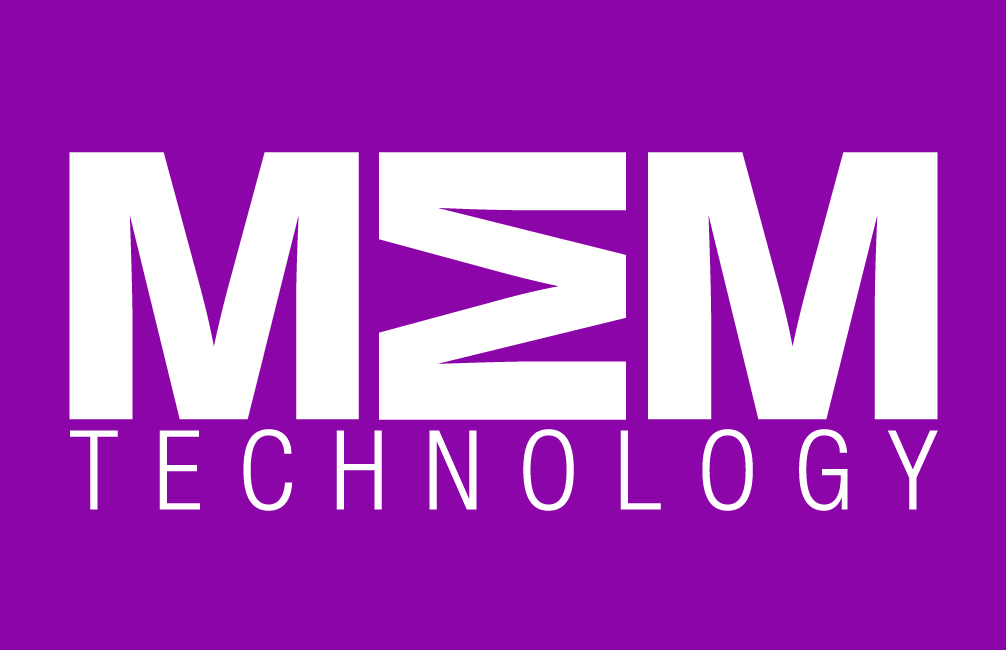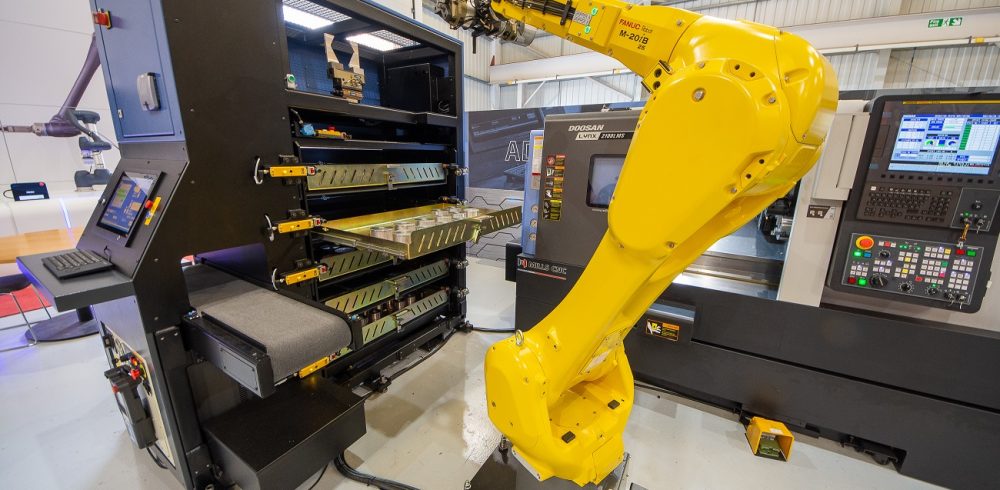When Mills CNC designed their new SYNERGi Premier robot manufacturing cells, ensuring compliant safety was critical to human and robot interaction. Adopting network safety from SICK has helped ensure successful integration and will enable Mills CNC’s customers to operate safely without loss of productivity.
Warwickshire-based Mills CNC are leaders in building machine cells with industrial robots. They tend the Doosan lathes, milling machines and machining centres for which it is the exclusive UK distributor.
“Implementing SICK’s network safety has been a massive game-changer in bringing our new SYNERGi Premier flexible robot cells machines to market,” explains Chris Ingham, Control and System Engineer for Mills CNC.
“Less sophisticated systems would have required a complete shutdown whenever the robot and operator inhabited the same space, requiring a reset and restart. Complex wiring would have been required that could have been difficult, if not impossible, to implement.”
Automated Drawer System
The SYNERGi Premier flexible robot cells have a two-way loading/unloading station using five automated drawers. Operator involvement is inevitable in interacting with the Fanuc robot that is continuously feeding the machine.
Working outside the cell, operators load up workpieces and remove machined components. Meanwhile, the robot operates continuously inside the cell, taking workpieces out of the drawers and feeding the machine, before placing the machined component back into the drawer. Setters must enter the robot cell periodically to service the machine tool itself.
All Mills CNC’s automated SYNERGi flexible manufacturing cells use the latest SICK safety hardware. Each of the five automated drawers is fitted with a SICK TR110 safety interlock with guard locking. A SICK microScan3 safety laser scanner is positioned at the foot of the robot to allow safe access for setters into the machine cell.
SICK Safe EFI-Pro
At the heart of the safety concept is the SICK EFI-Pro network technology that supports direct integration of the SICK sensors and the robot controls via Ethernet/IPTM CIP SafetyTM up to SIL3/PLe.
The Safe EFI-Pro system is SICK’s safety network for industrial automation, based on the CIP Safety protocol. It enables safe communication between SICK EFI-Pro devices like the microScan3, other SICK sensors, and third-party CIP-SafetyTM devices like robot controllers, through the SICK Flexi Soft safety controller and a SICK EFI-Pro gateway. The SICK EFI-Pro system also enables full remote diagnostics so that the system’s performance is recorded and monitored.
“The number one challenge for us was finding a system that could talk natively, using the same protocols as the robot,” Ingham continues. “Without the direct connection through the SICK EFI-Pro system over a single Ethernet cable, the integration would have been much more difficult, and more costly. The SICK TR110 interlock interacts directly with the Fanuc Dual Check Safety (DCS) control architecture of the robot cell system via CIP Safety.
“Sometimes we have to shoehorn a machine into a very small space for a customer. With the microScan3 you can minimise the floor space and, by slowing the robot down, enable continued operation. Thanks to the SICK dynamic EFI-pro system, the scanner fields can be set closer in, to take up less floor space, and the robot can continue to operate safely for as long as possible.”
____
For more information please contact Andrea Hornby on 01727 831121 or email andrea.hornby@sick.co.uk / www.sick.co.uk
Manufacturing & Engineering Magazine | The Home of Manufacturing Industry News
















